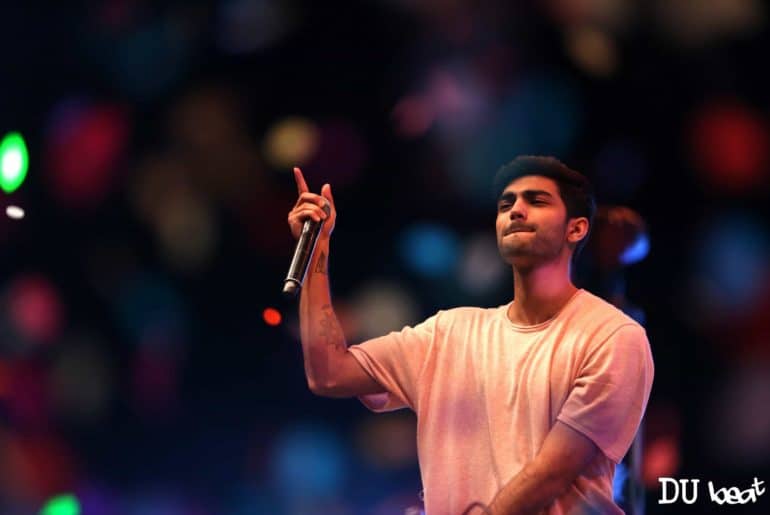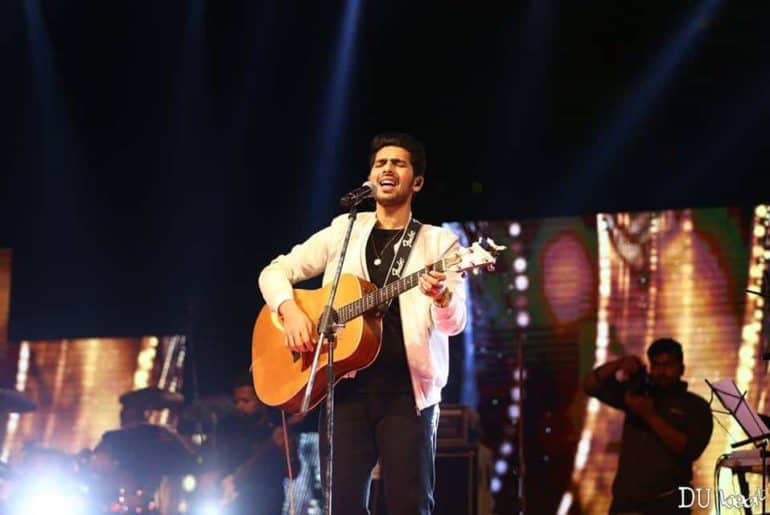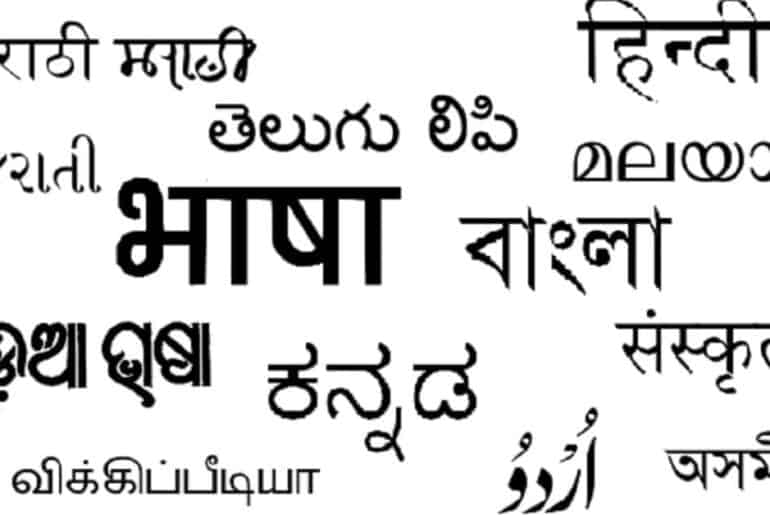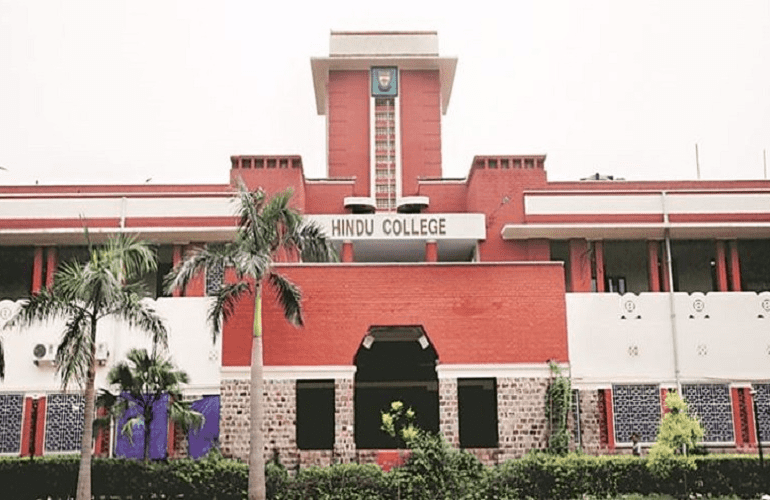Mecca Day 2 began with the Street Play Competition that was organised by Ibtida, the Dramatics Society of Hindu College. The teams used puns and metaphors to talk about issues like politics, gender, and corruption in a hard hitting way. A total of 15 teams participated in the event out of which there emerged four winners. Natuve from Shaheed Bhagat Singh College and The Dramatics Society of Sri Ram College of Commerce tied at the third spot while Dramanomics from CVS secured the second prize. The first prize was secured by Aayaam from Maharaja Agrasen Institute of Technology. The competition was held at the Ibtida Lawns and generated immense attraction from the fest goers.
A host of other events were taking place simultaneously. Arpeggio, the A capella event organised by Aria, the Western Music Society of Hindu College saw soothing melodies at play. The event was adjudged by the esteemed judges Joshua Peters and Nisha. It concluded successfully with the winners being the Western Music society of DTU, Echo, the Western Music Society, and Western Music Society of LSR bagging the 1st, 2nd, and 3rd positions respectively.
Firestone, the western dance competition was organised at Mecca 2018 by Aramya, the western dance society of Hindu College. The auditorium was lit up with iridescent lights, colourful costumes, and up-beat songs like Swalla, Run The World (Girls), and O Oh Jaane Jaana. Every performance was ruthlessly energetic and made us move us move to the beats. Verve of Sri Venkateswara College was prized as the winners and Enliven of Gargi College was the runner-up.
Following this, Aramya, the Western Dance Society of Hindu College also organised the choreography competition. A host of engaging and mesmerizing performances with beautiful sequences were put up on display by the various societies. Each society put up a brilliant performance, making it extremely hard for the judges to select the top few. Sparx, the Choreography Society of Gargi College bagged the first spot whereas Terpsi Choreon from Hansraj College got the second position and Choreography Society, LSR bagged the third place.
You’ve Got Scale was the western Vocal Solo Event organised by Aria, the western Music Society of Hindu College. Christina A Dayal of Ramjas College bagged the top spot while Prabahan Shakya of Ramjas and Jannis Joe of JMC tied for the second position. The event was judged by Amartya Ghosh.
The Mecca Idol competition was held in the Hindu College auditorium and was one of the most anticipated events at Mecca 2018. A total of 108 people registered for the competition, out of which 30 were selected for the offline preliminary round which was held on day 1 of the fest. The finals were held on the second day of the fest, in which a total of 7 people participated. The third prize was secured by Sarat S Kumar while Shayan Chatterjee won the 2nd prize, both of whom sang Piya Tu Kahe Rootha Re from the movie Kahani. The first prize was secured by Sukriti Poddar who sang “Raina Beeti Jaye” from the movie Amar Prem. The event was judged by Shubham Sarkar, an internationally acclaimed violinist and the youngest recognized Hindustani Classicalist. The winner of Mecca Idol, Sukriti Poddar would be opening the star night of Mecca 2018 on Day 3, right before Amit Trivedi’s performance.
The closing act and the most anticipated performance, DJ Zaeden called curtains to Day 2 of Mecca. He entertained the crowd with Bollywood as well as western songs like Shape of You and Attention.














